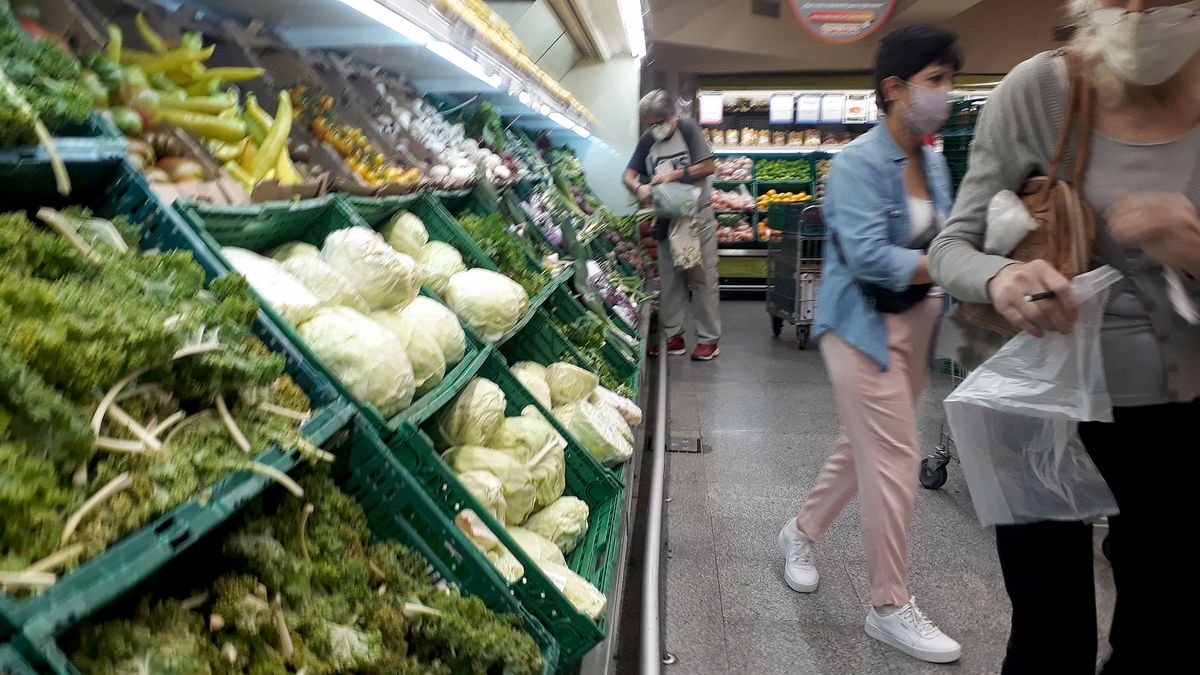For the agri-foods surveyed, consumers paid an average of 5.6 times more than what the producer charged (5.9 in September). The monthly improvement, considering the seasonality of the products, was driven by a 16.6% increase in producer prices, while consumer prices rose 8% in local SMEs and 8.9% in hypermarkets . These percentages represent, on average, the monthly price variations of the 24 products in the basket in the different stages (price at origin, price in the gondola in nearby shops and in hypermarkets).
The best prices
Considering the 24 products surveyed, 87.5% of them Better prices could be found in SME retailers than in hypermarkets. For example, the value of a kilo of potatoes was 27.8% lower in greengrocers and warehouses than in hypermarkets. Garlic followed, with an average price 23.2% lower in SMEs than in hypermarkets.
In turn, analyzing the evolution of shelf prices, of the 16 measured products that rose in the month, in 10 of them the increases were much more pronounced in hypermarkets than in SMEs.
The producer-to-shelf gap
In October, the largest gap between the price of origin and destination occurred in the lemon, with a difference of 19.7 times, widening the gap compared to September (15.4 times). It was followed by carrot (10.8 times), mandarina (10.5 times) and Orange (10.1 times).
The products with the smallest gaps, meanwhile, were: chicken (1.6 times), egg (2.2 times), Strawberry (2.3 times) and cabbage (2,4).
The products with the greatest monthly drop in their gaps were: round tomato, with a decrease of 52.9%, Red pepper (-47,7%), onion (-37.4%) and zucchini (-19.1%). The ones with the highest rises were Strawberry (+ 97.5%) and pumpkin (+27,7%).
CAMEbrechaprecios.jpg
Producer participation
The producer’s average share in the final price of the 24 products surveyed fell from 26.4% in September to 25.7% in October.
The largest participation was achieved by the producers of chicken, which received on average 61.9% of their retail price. The worst happened in the lemon, where the producer barely took 5.1% of the price paid by the consumer.
Source From: Ambito
David William is a talented author who has made a name for himself in the world of writing. He is a professional author who writes on a wide range of topics, from general interest to opinion news. David is currently working as a writer at 24 hours worlds where he brings his unique perspective and in-depth research to his articles, making them both informative and engaging.




